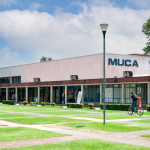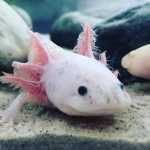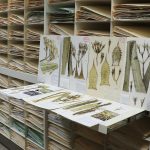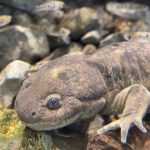
The Alfonso Herrera Zoology Museum is a scientific museum within the Sciences Department of the Autonomous National University (UNAM). Though it’s not among the blockbusters for visitors from abroad, it is an important institution within the scientific and university communities.
The museum began in the mid-1970s, with a need for research and zoological collections. The museum was to be included within a new Sciences Department Building being built on the Scientific Research Circuit (Investigación Científica) within University City.
The museum open in 1978 and was named in honor of the biologist, Alfonso Luis Herrera. You may see his name in reference to the Zoo in Chapultepec, too. It was largely Herrera’s idea and was built following his plans. Thus the Zoo also bears Herrera’s name.
The museum works as a depository and custodial center for multiple zoological collections. These result from the work of UNAM researchers and students, professors, and other collaborating researchers.
Vertebrate collections include those of amphibians, reptiles, birds (especially from Mexico and Central America), and mammals. Insect collections include Siphonaptera, Coleoptera, Hymenoptera and Lepidoptera. About 85% of taxa native to Mexico are represented in the collection.
The Zoology Museum collections also contain frozen tissue, exoskeletons, prints, digitalized vocalizations (bird calls), stomach contents and photography. About 10,000 mammal samples are geo-referenced. In short, it’s a major depository of biological information for researchers and scholars. It’s also a major center for the Sciences community which has continued to expand in this part of University City. Most visitors will be impressed by the extensive complex and community.
 aves.uniciencias@ciencias.unam.mx
aves.uniciencias@ciencias.unam.mx
 55 5622 5435
55 5622 5435
 http://mzfcaves.fciencias.unam.mx/index.html
http://mzfcaves.fciencias.unam.mx/index.html

Nearest at 0.40 kms.

Nearest at 0.41 kms.

Nearest at 0.41 kms.

One of the UNAM's best loved and most central art museums . . .

Mexico City's Axolotl Museum in the Parque Tarango . . .

A museum dedicated to Mexico's Mega BioDiversity...

One of the world's biggest, busiest plant repositories.

A center for the protection of amphibians across the Valley of Mexico.